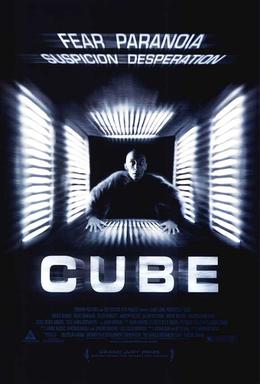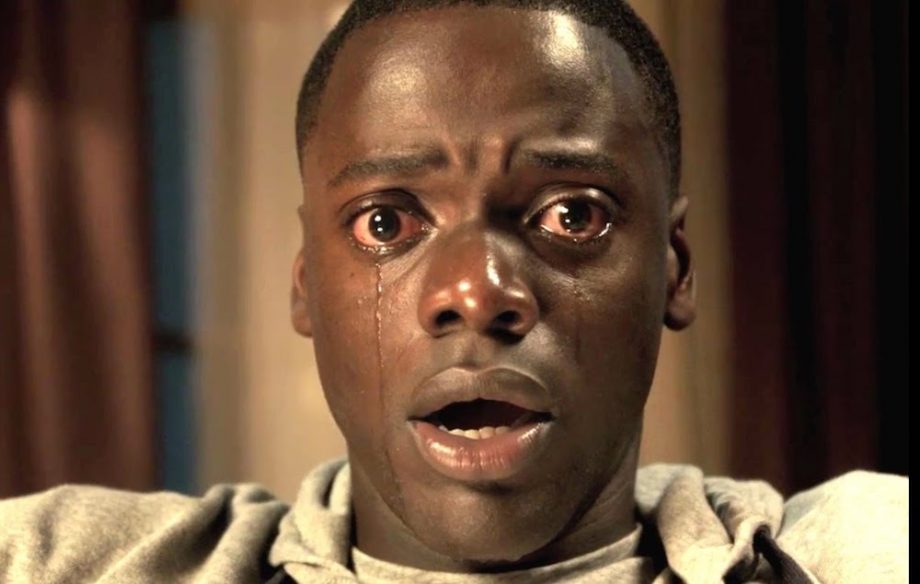Horror as a genre has existed at this point for decades upon decades in film bridging from classical literature, bringing stories to terrify the audience, to unsettle them, or to shock them. Like many genres, Horror also has many sub-genres such as Slasher horror or Body Horror. However today we will be discussing the very popular Psychological Horror sub-genre. This particular sub-genre is one that provokes themes about the mind and sanity. typically these types of films have the main protagonist experience the psychological issues presented in the film. Below I will be exploring the genre and how it is presented to audiences, along with two examples of this unique sub-genre.
Genre Conventions
Psychological Horror as mentioned before Involves the mind and emotions of a character or characters. Typically, these types of films are formalist pieces as the visual techniques are used to show the audience how the character sees the world and reacts to it. based on my own experience watching these films, more realism-based films with phycological subject matter would go in the line of psychological thrillers such as The Little Things (2021) or The Invisible man (2020).
Genre Conventions (Production)
There are many Different production Techniques that Films use in order to invoke either a scared or unsettled reaction from their viewers. here are some examples of techniques used for psychological horrors.
Camera shots and Composition
Typically In horror, Films primarily rely on close-ups to show the hideous nature of the film whether that is the monster of the film or a violent scene. They like things in great detail; at least in more recent films. However while Phycologicsl Horror uses close-ups and detailed shots of their own merit, I find the Mise-en-scene of these films to be very distant as we see open settings and the character.
Sound Techniques
Sound is very important in horror films as they can either set an eerie tone or set up for a scare to the audience. Both Diagetic and Non-diagetic sounds are used to bring an unpleasant feeling to the audience such as distorted music or an eerie ambiance to the setting.
Use of Long Takes
Psychological Horror films are slower-paced compared to their contemporaries as a long take can make the viewer uncomfortable with the slow burn that is these types of movies.
Marketing
upon researching the specific examples (which are listed below) I found that the trailers and other promotional pieces to be extremely familiar despite the fact they were two completely different films. Each of them is presented with constant loud thuds that serve as a mini jumpscare. Like any other film, these promotions are presented with critical quotes explaining how scary the film is and that it is a must-watch. Finally, the aspect that bothers me the most, is the use of a jumpscare in the trailer when there really isn't one present in the actual film. at least not one typical of mainstream horror films. They go against what the actual contains making it seem much more fast-paced and intense.
Possum (2018)

Possum is possibly one of my most favorite horror films to come out ever. A quick rundown of the plot: A disgraced puppeteer goes back to his childhood home in an effort to get rid of his creepy puppet and face the trauma induced by his uncle. The film greatly explores the hurt mind of Philip, the main character, as he tries to rid of his puppet only for it to keep coming back. It becomes clear that the puppet represents Philips trauma, However, the film on a technical level really establishes this beautifully. the film has many long scenes of the puppet or Philip speaking with his uncle that issues a slow burn to the film. There are many quick-paced edits of surreal scenes in the film that really shows how Philip is feeling and the sheer terror the puppet gives the character. The film's composition of Long shots of Philip is very well placed as they show the world as empty and bleak to Philips traumatized psyche. One of my favorite aspects of the film is the voice-over that passes through each act. The voice-over is done by Philip as he just recites his childhood poems, representing small clues of what happened although not explicitly said to the audience. It is especially more effective and unsettling as the last excerpt of the poem is spoken by the uncle as we make the climax of the film. It is a deeply profound film, in my opinion, one that explores trauma in formalistic ways while also becoming very eerie and unsettling with both the physicality of the puppet and Philips mind.
The Lighthouse (2019)

The Lighthouse compared to Possum is a lot more artistic with how the film portrays itself visually. For instance, the film is entirely in black and white; and the aspect ratio is fitted more of a square than typical movie aspect ratios. The film is about two caretakers watching a lighthouse as they both slowly dive into the depths of insanity by both the isolation and unexplained unnatural forces. Despite the supernatural elements implied in the film, the minds of our characters are at the center of the film. as the film progresses we especially see Robert Patterson's character grow more and more obsessed with the light itself as he is never allowed in there. along with the artistic choices of the film, the composition also enhances the isolated yet tight feel of the setting. the movie constantly feels close to the characters and buildings as if we have no room, contrasted to possums more wide-angle shots. The film's sound technique is also on point in this film as it becomes hard to tell if it's real or not. the constant blaring of horns to the destructive call of the sirens, it becomes so much that even the characters lose their minds for it and cannot tell what is real and what is not. This all is given due to their isolation and how it affects themselves much like in The Shining (1980) with the overlook hotel.
Other Psychological Horror films
The House That Jack Built
Get Out (2017)
The Shining (1980)
Cube (1997)

Creep (2014)

-Luis III






